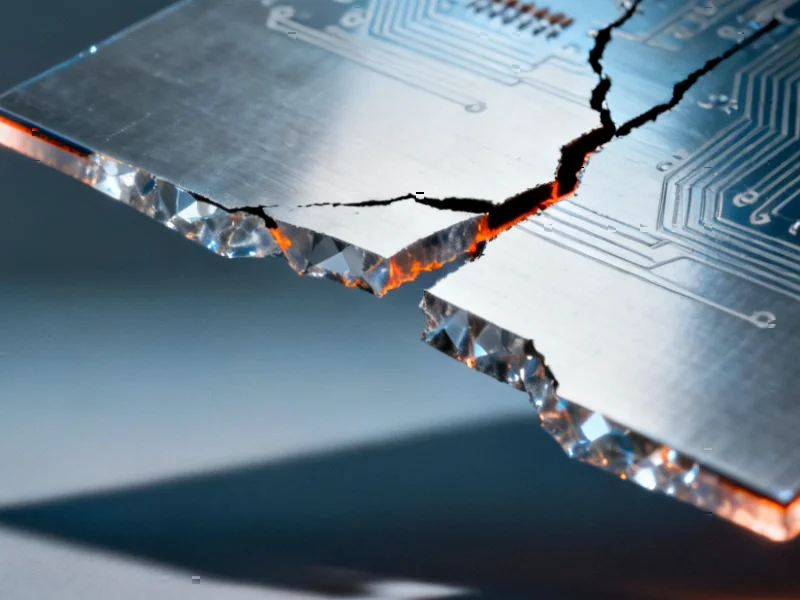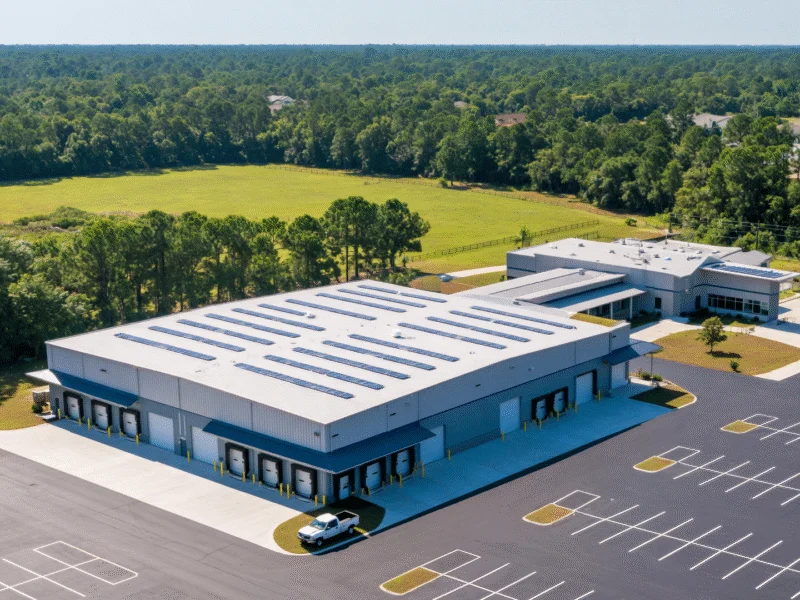The Rise of Japan’s Semiconductor Powerhouse
Japan’s ascent to semiconductor leadership in the 1980s represented one of modern industry’s most remarkable success stories. Unlike the American model of specialized semiconductor firms, Japanese general electric manufacturers like NEC, Toshiba, and Hitachi leveraged their diverse product portfolios to create a unique competitive advantage. These companies maintained clear internal demand drivers through their consumer electronics and computing divisions, creating built-in markets that enabled precise demand forecasting and efficient production scaling.
Table of Contents
The Japanese approach featured a vertically integrated management structure that controlled everything from semiconductor design to manufacturing and final sales. This comprehensive control, combined with relatively modest initial investment scales, allowed business division managers to make swift, flexible decisions that responded rapidly to market changes. The emergence of world-class Japanese semiconductor equipment and materials manufacturers further strengthened this ecosystem, creating a self-reinforcing cycle of innovation and production efficiency.
The Perfect Storm: Multiple Factors Behind Japan’s Decline
Japan’s semiconductor decline resulted from a complex convergence of external pressures and internal structural challenges rather than any single cause. The Japan-US Semiconductor Agreement of 1986 marked a critical turning point, introducing unprecedented market intervention through its controversial “side letter” that committed Japan to ensuring foreign semiconductors reached 20% market share. This agreement, driven by US national security concerns about Japanese dominance in a strategically vital industry, fundamentally altered the competitive landscape., as related article
Beyond geopolitical factors, Japanese manufacturers faced significant structural limitations in their business approach. The same vertical integration that initially provided advantages eventually created insular ecosystems resistant to external innovation. While American companies embraced fabless models and specialized design houses, Japanese firms maintained their self-sufficient approach, limiting their exposure to global technological developments and emerging market trends.
Technological Shifts and Missed Opportunities
The semiconductor industry underwent revolutionary changes during Japan’s period of decline that existing business models struggled to accommodate. The transition from memory-centric to logic and processor-focused manufacturing required different capabilities and investment strategies. Japanese companies, heavily invested in DRAM production, found themselves vulnerable to Korean competitors who entered the market with more advanced manufacturing facilities and aggressive pricing strategies.
Meanwhile, the rise of foundry business models in Taiwan and the specialization of American companies in design-intensive components created new competitive dynamics that Japan’s integrated manufacturers were poorly positioned to address. The industry‘s rapid movement toward smaller process nodes and the enormous capital requirements for advanced fabrication facilities further disadvantaged companies already struggling with profitability.
Cultural and Organizational Challenges
Japan’s corporate culture, which emphasized lifetime employment and seniority-based promotion, created inherent difficulties in adapting to the semiconductor industry’s accelerating pace of change. The risk-averse decision-making processes that evolved as companies grew larger contrasted sharply with the nimble, venture-backed approaches emerging in Silicon Valley and other innovation hubs.
Additionally, Japanese manufacturers demonstrated reluctance to abandon established practices even as market evidence suggested the need for change. The commitment to vertical integration, while initially successful, eventually became a liability as specialized design firms and pure-play foundries demonstrated the efficiency of distributed manufacturing models. This organizational inertia prevented timely responses to shifting customer demands and emerging technological paradigms.
Policy Impacts and Global Competition
The semiconductor industry’s global nature meant that national policies significantly influenced competitive dynamics. While Japanese companies faced market access guarantees through international agreements, competitors in South Korea and Taiwan benefited from comprehensive government support programs that included research funding, tax incentives, and infrastructure development. These coordinated national strategies enabled newcomers to rapidly close technological gaps and achieve manufacturing scale.
Furthermore, the increasing capital intensity of semiconductor manufacturing created natural barriers to entry and consolidation pressures. Japanese firms, already struggling with profitability amid price competition, found it increasingly difficult to justify the massive investments required to maintain competitive manufacturing capabilities. This financial pressure accelerated the shift toward asset-light models among Western competitors while Japanese manufacturers remained committed to their integrated approach.
Lessons for Global Semiconductor Strategy
Japan’s semiconductor journey offers crucial insights for nations and companies navigating today’s complex technology landscape. The experience demonstrates that initial competitive advantages can become liabilities if not continuously reevaluated against evolving market conditions. The importance of balancing vertical integration with external collaboration, maintaining flexibility in business models, and anticipating geopolitical factors emerges as critical success factors.
For contemporary semiconductor strategies, Japan’s experience underscores the necessity of adapting organizational structures to match technological evolution and maintaining openness to global ecosystems while preserving core competencies. The delicate balance between national security concerns and market dynamics continues to shape semiconductor industry development worldwide, making Japan’s three-decade journey particularly relevant to current policy discussions.
Related Articles You May Find Interesting
- Unlocking Interface-Driven Phase Transitions in VO₂ Bilayers: A Deep Dive into E
- Laser Precision in Nanoparticle Manufacturing: How Solvent Choice and Energy Inp
- Advanced Nanocomposite Materials Powering the Future of Clean Energy and Storage
- Scientists Engineer Breakthrough in Permanent Magnet Materials Using Atomic-Leve
- Unraveling Phonon Thermal Hall Mysteries: How Magnetic Field Orientation Reveals
This article aggregates information from publicly available sources. All trademarks and copyrights belong to their respective owners.
Note: Featured image is for illustrative purposes only and does not represent any specific product, service, or entity mentioned in this article.



